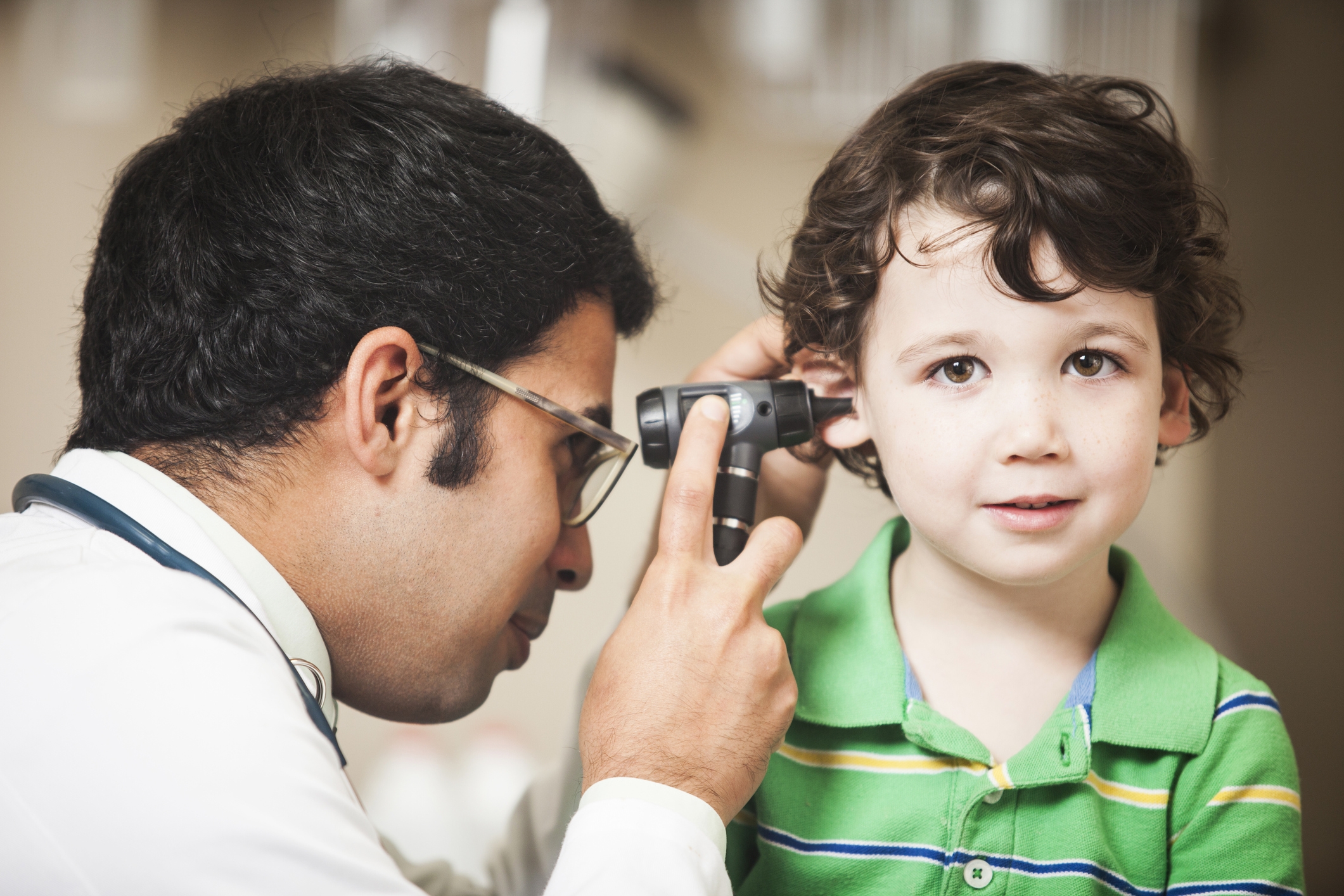
What’s causing your ear pain?
Almost any parent can tell you about frequent trips to the doctor for their child’s ear pain. But earaches can affect adults too.
Ear pain has many causes, from infections to problems unrelated to the ear. CityMD physician Anne Marie Nolan, DO, highlights some common reasons and encourages patients to simply walk right into their neighborhood CityMD urgent care location for an evaluation if they are experiencing an earache.
“What you may not know is that ear pain doesn’t always indicate an infection or require an antibiotic,” she says. “Talking with your provider can help determine the cause and proper treatment.”
Dr. Nolan adds it’s helpful to know some ear anatomy basics when talking about ear pain:
- The outer ear includes the ear canal, the tube connecting the outer part of your ear to the middle ear.
- The eardrum separates the outer and middle ear.
- The middle ear includes the eustachian tube, which connects the middle ear with the back of the nose.
Middle ear infection
A middle ear infection is the most common reason for ear pain. Bacteria or a virus — often from an upper respiratory infection — infects and traps fluid behind the eardrum. Fluid buildup behind the eardrum can also occur without an active infection.
About 80% of children will experience a middle ear infection at some point, which can cause pain, fever, and difficulty hearing. Dr. Nolan says middle ear infections are more common in children because their heads are still growing. Children’s eustachian tubes are shorter and do not slope as much as adults, making it harder for fluid to drain and more likely to become infected.
Infants and younger children typically can’t verbalize what they are feeling, so Dr. Nolan says to look for these signs:
- Pulling or patting the ear or holding the side of the head
- Fussiness or irritability
- Feeding problems
- Poor sleep
- Vomiting or diarrhea
Treatment depends on the type of infection. Not all ear infections need antibiotics. Your provider may prescribe antibiotics for a bacterial infection or recommend pain relievers like acetaminophen or ibuprofen for a viral infection. They will determine the best course of action based on an ear exam and other findings.
Swimmer’s ear
The outer ear has several built-in defenses from foreign objects and infection, including small hair follicles and earwax in the ear canal. “When there’s a breakdown in any of these defenses, an infection can occur,” says Dr. Nolan.
Swimmer’s ear is one of the most common outer ear infections. It occurs when excess water pools in the ear canal, breaking down the earwax barrier and leaving it vulnerable to infection. Other causes can include:
- Injuring the ear canal by sticking objects in it like cotton swabs, fingers, or bobby pins. “Just like a cut on your hand, a cut in the ear increases the chance for infection,” says Dr. Nolan.
- Using earbuds or hearing aids, which can irritate and break down the skin.
- Having a skin condition in the ear, such as eczema or psoriasis.
Swimmer’s ear can cause pain, itching, drainage from your ear, and hearing changes in the affected ear. Treatment typically involves ear drops for bacterial or fungal infections. Your provider may also recommend ways to prevent future infections if something specific is causing them.
Air pressure changes
In general, our ears are equipped to deal with changes in air pressure that occur while on an airplane or scuba diving. But sometimes, a functional problem can cause ear pain.
Dr. Nolan explains that air pressure differences cause a push-pull motion on the eardrum. “Typically, the eustachian tube will open, allowing pressure to regulate and pain to dissipate. When the tube doesn’t open or open enough, pressure will continue to build.”
The eustachian tube opens briefly when you swallow or yawn, which is why eating, drinking, chewing gum, and yawning are helpful while flying.
“If pressure isn’t eventually relieved, barotrauma can occur, which means there’s a distortion or possibly a tear in the eardrum,” says Dr. Nolan.
Excess earwax
Earwax can cause problems if too much of it builds up in your ear canal. It can lead to a blockage, causing ear pain and even hearing loss in the affected ear.
“For patients with excess wax, using a ‘cleaning’ tool like Q-tips can sometimes push wax farther back, putting pressure on the eardrum and the walls of the canal,” says Dr. Nolan.
Your provider can determine the best way to remove excess earwax and address any lingering effects. “They may try to soften it with a peroxide mixture and then flush it or sweep it away with a tool such as a curette, which is like a small spoon for the ear,” says Dr. Nolan. If the earwax removal reveals an infection, your provider may prescribe a topical antibiotic.
If you need follow-up care, your CityMD provider can refer you to an ear, nose, and throat (ENT) specialist for additional treatment.
Temporomandibular joint (TMJ) disorders
The TMJ is the hinged joint between the lower jaw and the temporal bone in the skull. TMJ disorders happen when the muscles and ligaments around this joint become inflamed.
Dr. Nolan says the TMJ’s location factors into ear pain. “The ear canal extends just under this joint, so it’s easy to see how you can feel ear pain when there is, in fact, nothing wrong with the ear.”
In addition to earaches, she says symptoms can include ringing in the ears (tinnitus) and a “fullness.” TMJ disorders also can cause:
- Headaches
- Sinus pain
- Facial discomfort near the ears
- Neck pain
- Eye pain on the side of the affected ear
- Dizziness
Do not ignore ear pain. CityMD can help.
Although ear pain is common, you shouldn’t ignore it or assume it will go away. Without treatment, earaches can become very painful and even debilitating.
While these are just a few of the main causes of earaches, ear pain can also be a sign of a more serious condition such as oral or throat cancer in adults. Tell your provider about any symptoms or walk right into your neighborhood CityMD urgent care so they can identify the cause and the right treatment for you.

We’re ready to care for you.
Visit any CityMD urgent care location in your community today for an evaluation with one of our expert providers.